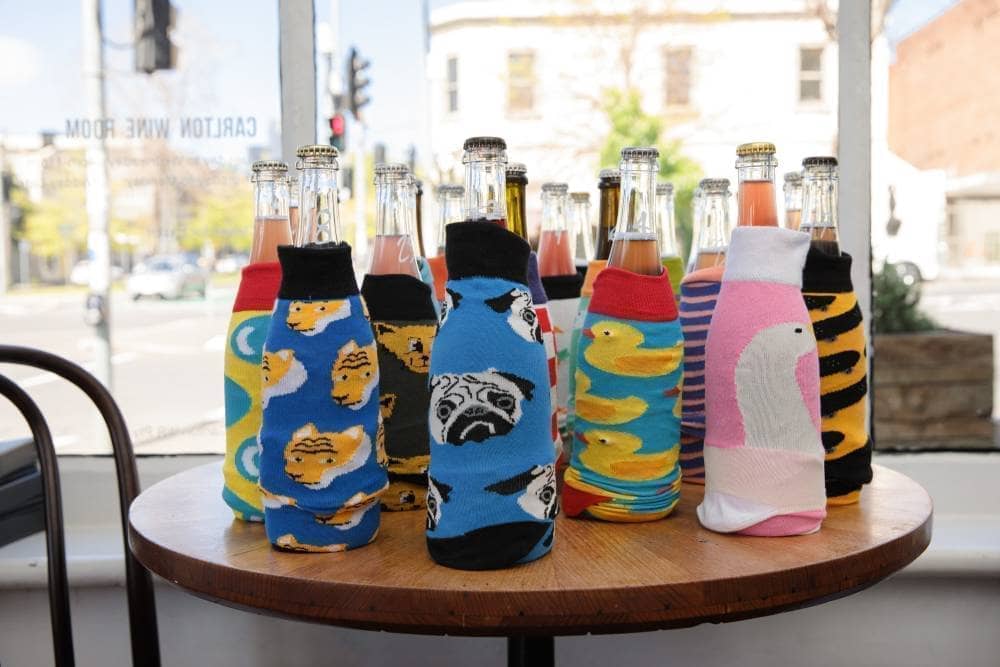The Crittenden name has chaperoned the winegrowing history of the Mornington Peninsula since the start, with Rollo Crittenden’s father planting some of the first vines and being responsible for countless innovations. Crittenden has taken that baton confidently, redefining new potential for the maturing region. In addition to tiers of both estate and regional chardonnay and pinot noir, Crittenden works with Italian and Spanish varieties and styles, as well as fashioning experimental batches that might feature skin contact with white grapes or sherry-like maturation techniques. He was the Young Gun of Wine for 2010.
It’s either easier or a hell of a lot tougher to follow in the footsteps of a parent who is a true pioneer. Well, it’s probably both, in equal measure. Rollo Crittenden’s father, Garry, is responsible in large part to developing the Mornington Peninsula as a world standard wine-growing region. Garry planted 2 hectares of vines in 1982, which accounted for half of the area under vine then (it’s now at 792 hectares), and he was instrumental in the importing and proliferation of noble Italian varieties back in the 90s. He also planted some significant vineyards in Tasmania and revolutionised trellising and management practices in vineyards… but enough about Garry. Enough said that Rollo had metaphorically big boots to fill, but he has done so undaunted by history.
After completing his Wine Science Degree at Charles Sturt University, Rollo followed a classically itinerant winemaking apprenticeship, working in the US, in Oregon and California, as well as in Burgundy and Italy, while also doing a stint in the Hunter Valley. When he returned home, he did so at Dromana Estate, then the core of the Crittenden empire. Rising to Head Winemaker in 2003, Rollo stayed on when the family divested, focusing their attention on an eponymous label employing their old estate pinot noir and chardonnay vines (those same ones planted in 1982, along with ones since).
Rollo was lured across to the family business in 2007, and while he worked to subtly reshape the mainstay pinot noir and chardonnay offerings, he also introduced the Los Hermanos (meaning the siblings, a tribute to Rollo and his sister Zoe’s involvement in the family business) label, celebrating Spanish-themed food-friendly wines. When what was thought to be albariño in this country was discovered to be savagnin (a white variety from France’s Jura region), a crisis was swiftly turned to a significant advantage. Firstly, the Los Hermanos range, while employing some Spanish standards, was given the freedom to embrace style over variety, and, secondly, it eventually enabled Rollo to embrace one of the great wine styles of the world: the vin jaune of the Jura.
Grown under flor, or a veil (sous voile, in French) of yeast, vin jaune is a treasured style for wine aficionados, a savoury, umami-laced wine that hints to Fino Sherry but remains utterly individual. Rollo’s first vintage captured the style hauntingly, while echoing a brighter, more lithe sensibility – it was a pioneering moment. Rollo also continues to make Italian varieties under the Pinocchio label, as well as experimental batches (think skin-contact whites) under the Oggi imprint.





